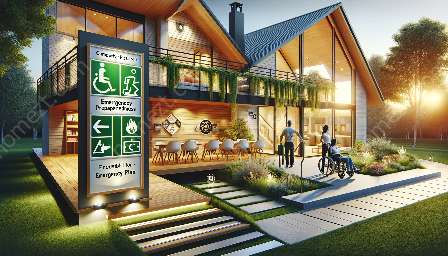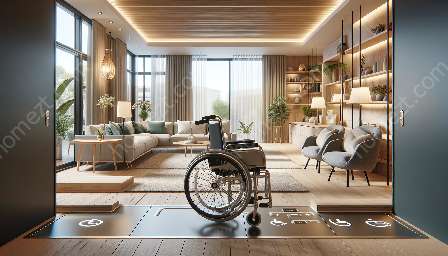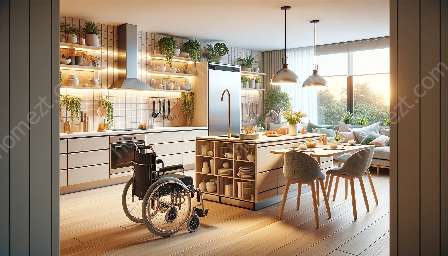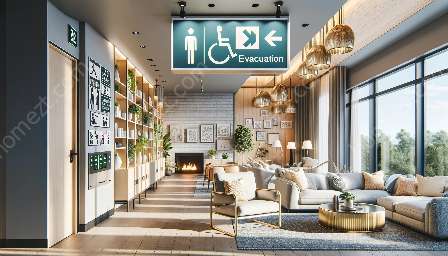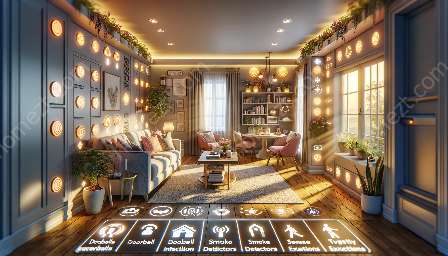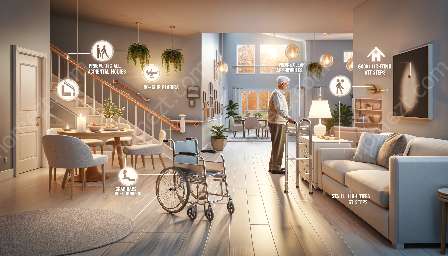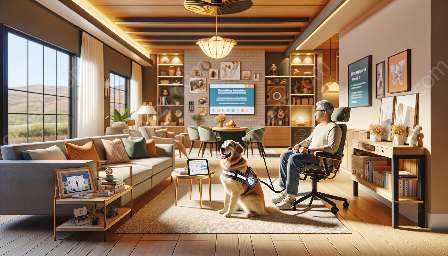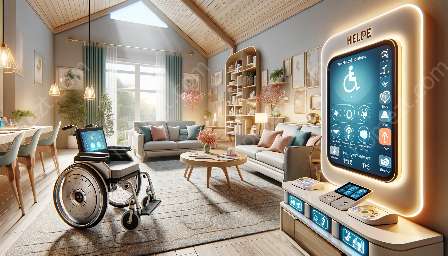Assistive technology plays a crucial role in enhancing safety and security at home, especially for people with disabilities. By incorporating innovative devices and solutions, individuals can create a secure and accessible living environment that promotes independence and peace of mind.
Understanding the Importance of Home Safety for People with Disabilities
For people with disabilities, maintaining safety and security at home is vital for their overall well-being and quality of life. Challenges such as mobility limitations, sensory impairments, and other physical or cognitive conditions can significantly impact an individual's ability to navigate and interact with their living space, increasing the risk of accidents and vulnerabilities.
As a result, the integration of assistive technology becomes essential to address these unique safety concerns and empower individuals to move freely and confidently within their homes.
Innovative Solutions for Home Safety and Security
Several assistive technologies have been developed to enhance safety and security at home for individuals with disabilities. These solutions are designed to mitigate potential risks and provide greater peace of mind for both the individual and their caregivers. Some of the key areas where assistive technology can make a significant impact include:
- Smart Home Monitoring Systems: These systems utilize sensors, cameras, and automated alerts to monitor various aspects of the home, such as movement, temperature, and door/window activities, enabling remote supervision and immediate response in case of emergencies.
- Adaptive Environmental Controls: Devices that allow individuals to control lighting, temperature, and electronic appliances using voice commands, switches, or specialized interfaces, creating a more accessible and comfortable living environment.
- Personal Emergency Response Systems (PERS): Wearable devices equipped with emergency buttons that, when activated, can alert designated contacts or emergency services, providing quick assistance in case of falls, health issues, or other emergencies.
- Accessible Home Modifications: Assistive technology extends to home modifications, including ramps, grab bars, and automatic door openers, which enhance accessibility and reduce potential hazards for individuals with disabilities.
The Role of Assistive Technology in Home Safety
By embracing assistive technology, individuals with disabilities can achieve a greater sense of control and security in their living environment. These innovative solutions not only help to prevent accidents and mitigate risks but also promote independence and empowerment, fostering a sense of autonomy and confidence in daily activities.
Moreover, the integration of assistive technology enables caregivers and family members to provide support and oversight more effectively, knowing that advanced safety measures are in place to address potential emergencies and concerns.
Concluding Thoughts
Assistive technology continues to revolutionize home safety and security for people with disabilities, offering practical solutions to enhance their well-being and peace of mind. As advancements in technology and design continue to evolve, the potential for creating inclusive and secure living spaces becomes increasingly achievable, ultimately improving the overall quality of life for individuals with disabilities.



